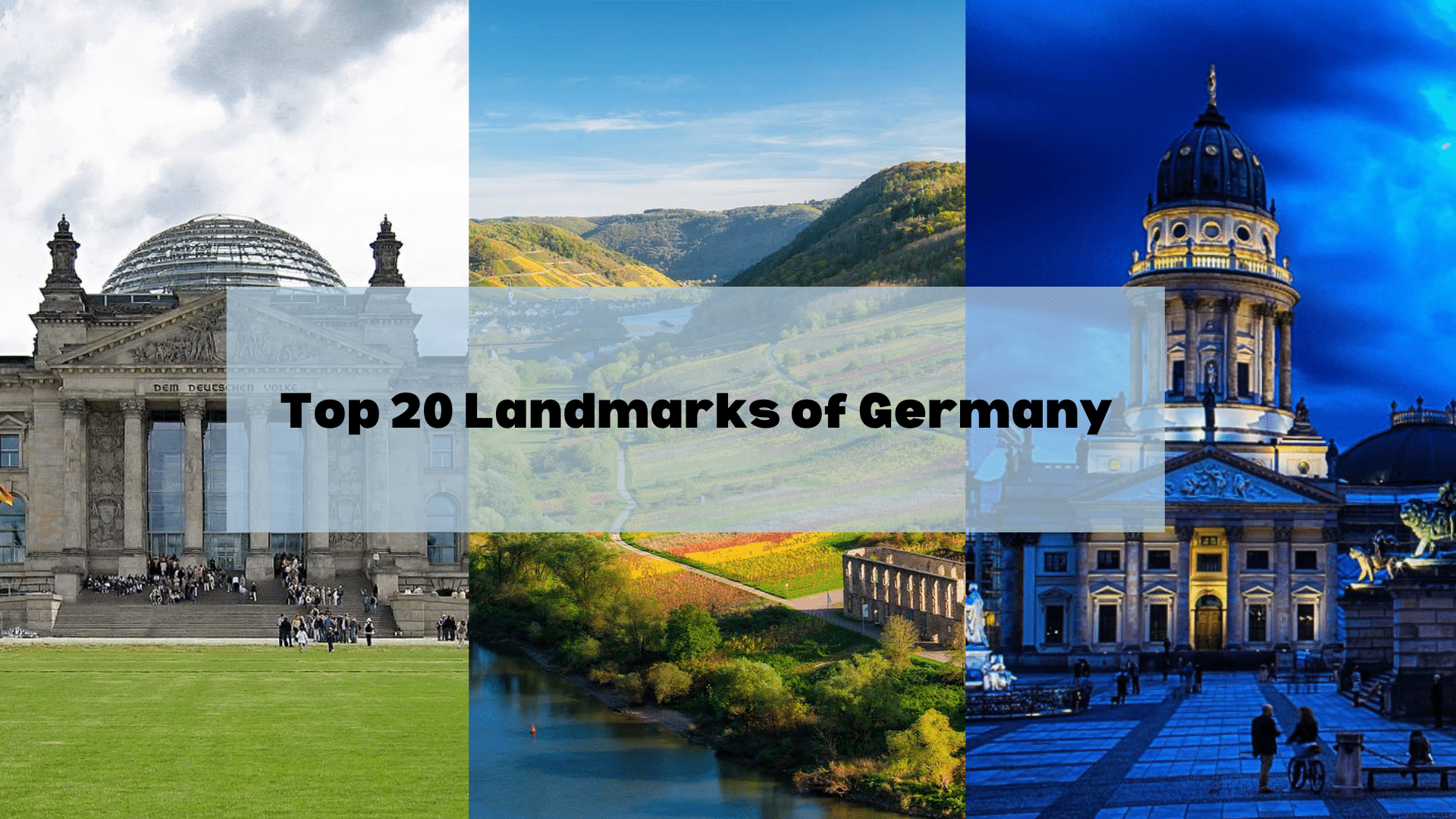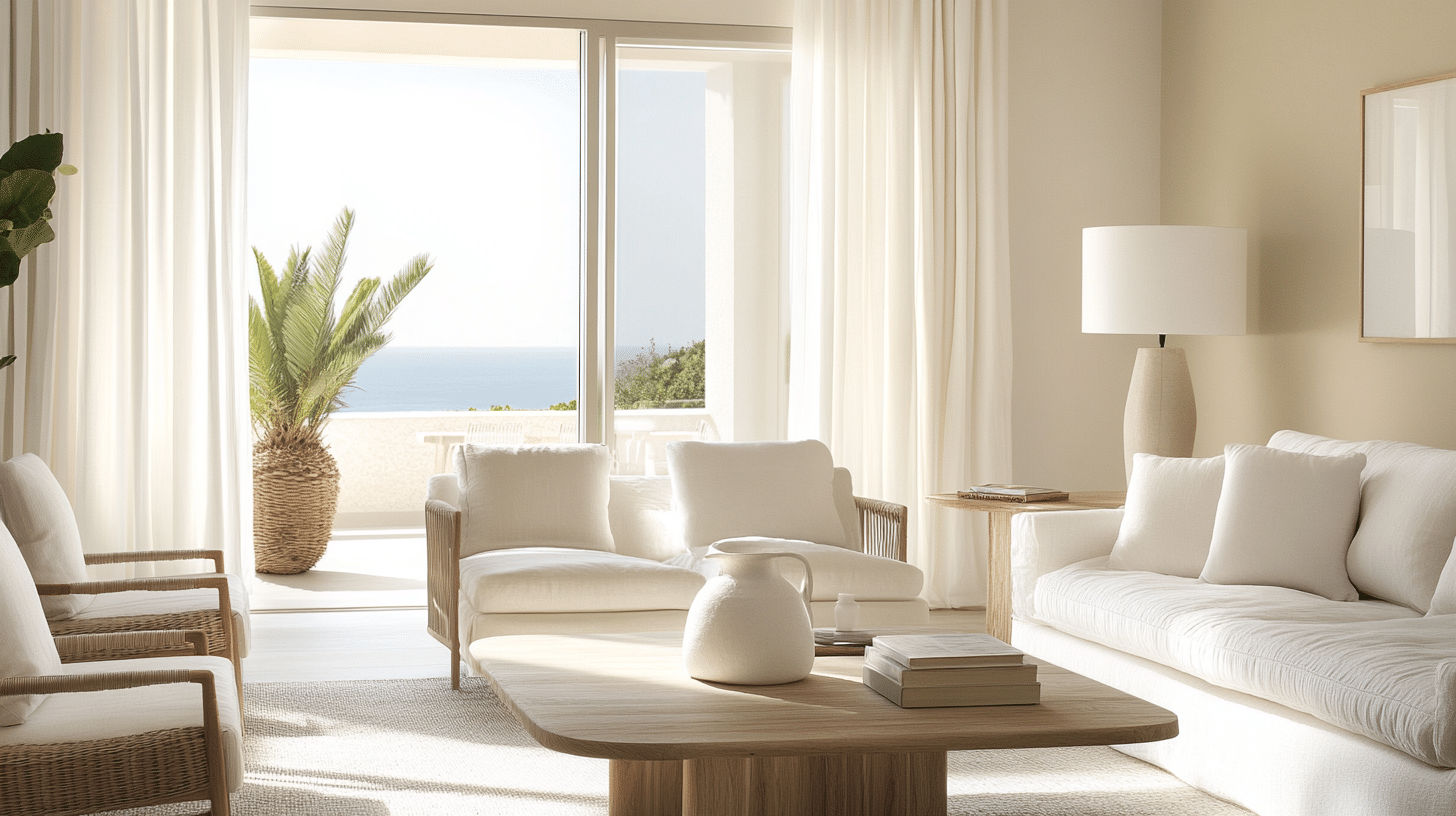Germany’s Top 20 Landmarks & Hidden Gems
Planning a trip to Germany? There’s so much to see. This blog covers some of the famous Germany landmarks that you can’t miss.
Germany offers visitors a mix of historical treasures and modern attractions.
Germany’s top destinations show a mix of past and present. From castles to modern architecture, there’s something for everyone.
This guide will help you explore the best of Germany. We’ve shared details about iconic landmarks and their stories.
Also, highlights nearby attractions and hidden gems you might miss!
Famous Landmarks of Germany: Top Places You Can’t Miss
1. Brandenburg Gate (Berlin)
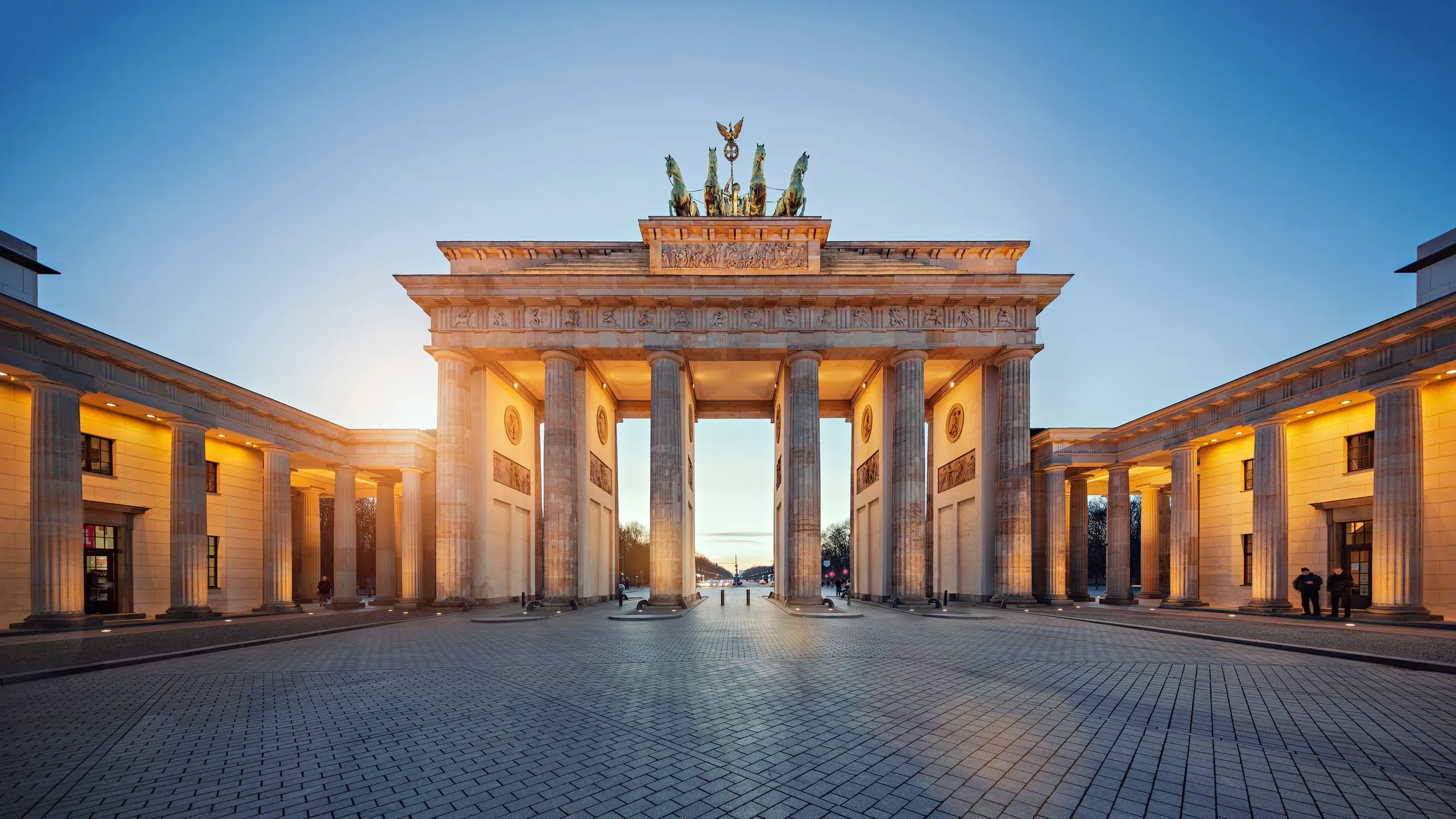
The Brandenburg Gate in Berlin is a famous landmark that represents the reunification of Germany after the Berlin Wall fell.
Built in the 18th century, the gate was once a symbol of division between East and West Berlin.
After the wall came down in 1989, the gate became a symbol of unity and freedom. Today, it is one of Berlin’s most visited and recognized sites.
- Historical Significance: The Brandenburg Gate was a symbol of separation during the Cold War, standing at the heart of the division between East and West Berlin. It became a visual representation of the struggles and tensions of the era.
- Visiting Hours:Open 24 hours so that you can visit anytime.
- Nearby Attractions: The Berlin Wall Memorial, Reichstag Building, and Pariser Platz.
- Hidden Gems: Check out the Berlin Underworlds, hidden bunkers and tunnels beneath the city.
- Best Time to Visit: Spring and fall, when there are fewer tourists and the weather is nice.
2. Neuschwanstein Castle (Bavaria)
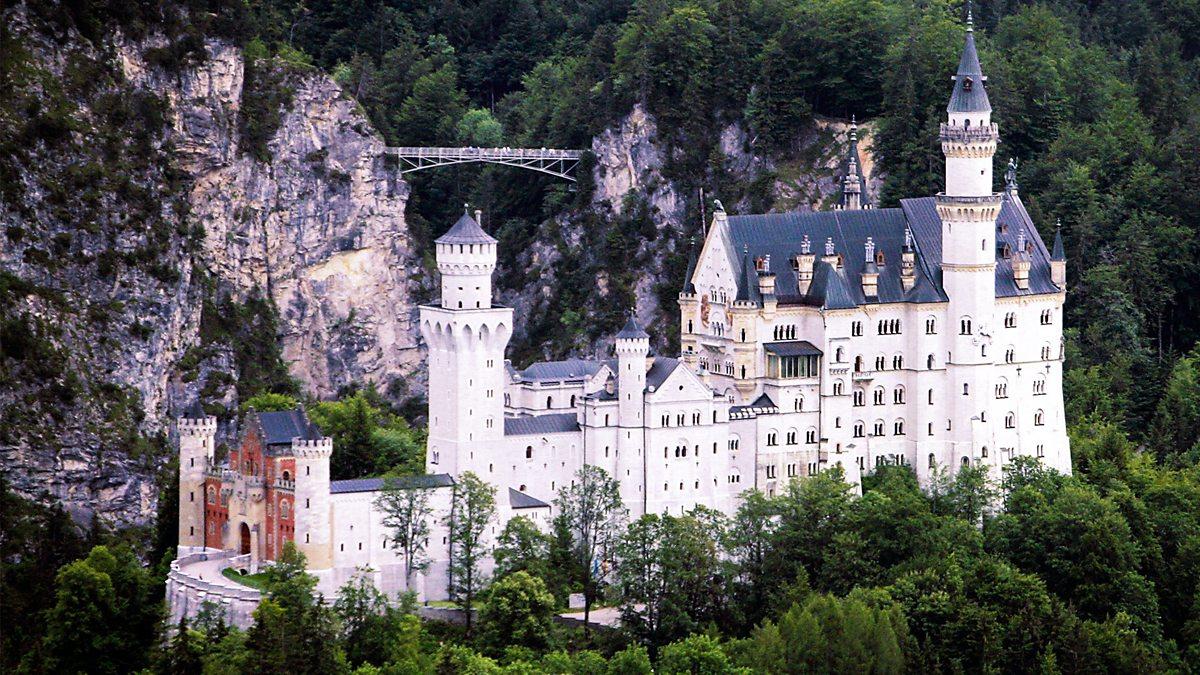
Neuschwanstein Castle in Bavaria is one of the most famous castles in the world, known for its fairy-tale appearance.
Located in the Bavarian Alps, it was built in the 19th century by King Ludwig II.
The castle inspired the design for Disney’s Sleeping Beauty Castle and continues to attract visitors from all over the globe.
- Historical Significance: Neuschwanstein Castle, built by King Ludwig II in the 19th century, is known for its fairytale castle design and remains a symbol of the Bavarian monarchy.
- Visiting Hours: Typically open from 9:00 AM to 6:00 PM, but times may vary by season
- Nearby Attractions: Hohenschwangau Castle, Alpsee Lake, and the Museum of the Bavarian Kings.
- Hidden Gems: Take a walk to the Marienbrücke bridge for stunning views of the castle and the surrounding landscape.
- Best Time to Visit: Spring and fall for fewer crowds and beautiful weather. Winter for a magical snowy experience, though the castle is popular year-round.
3. Cologne Cathedral (Cologne)
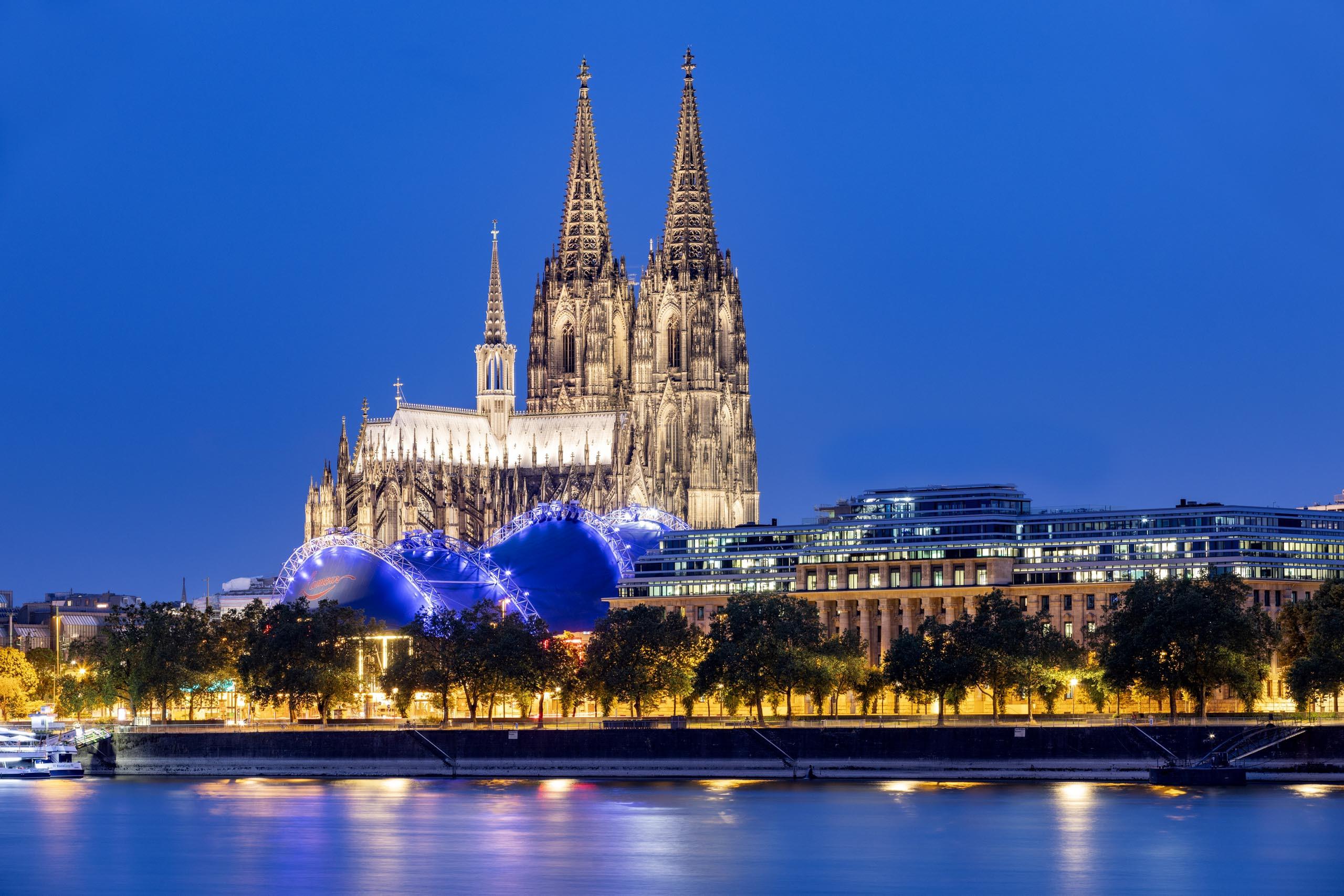
Cologne Cathedral is one of the most stunning Gothic structures in Europe and a UNESCO World Heritage site.
Located in the heart of Cologne, it took over 600 years to complete, with construction beginning in 1248.
The cathedral is famous for its incredible architecture, including its towering spires and beautiful stained glass windows.
- Historical Significance: Cologne Cathedral is a masterpiece of Gothic architecture, built over six centuries. It is an important religious and cultural symbol for the city and Germany.
- Visiting Hours: Open daily from 6:00 AM to 7:30 PM for visitors, with mass services held throughout the week.
- Nearby Attractions: The Ludwig Museum, Hohenzollern Bridge, and the Roman-Germanic Museum.
- Hidden Gems: Explore the cathedral’s underground crypt, where you can see the tombs of important historical figures.
- Best Time to Visit: Go early morning or late afternoon to avoid the crowds. Spring and fall offer pleasant weather and fewer tourists.
4. The Black Forest (Baden-Württemberg)
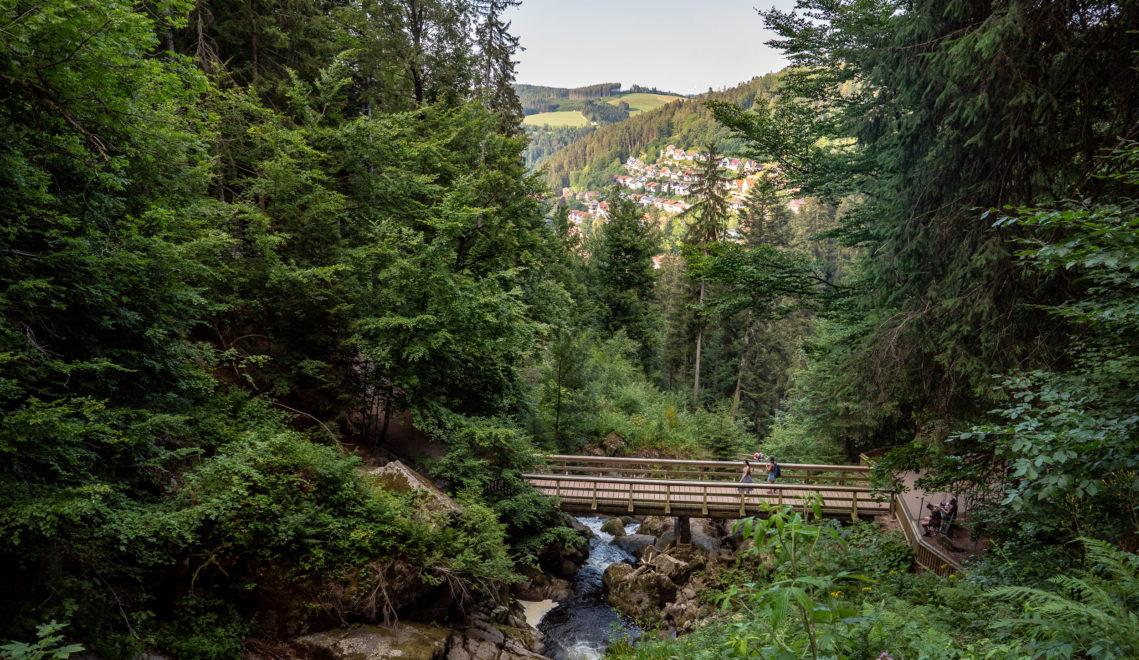
The Black Forest in Baden-Württemberg is a beautiful region known for its dense forests, charming villages, and stunning landscapes.
Stretching over 6,000 square miles, it is a popular destination for hiking, cycling, and outdoor activities.
The forest has inspired many fairy tales and continues to captivate visitors with its natural beauty.
Famous tales such as the Brothers Grimm’s “Hansel and Gretel” and “The Robber Bridegroom” are set in forests similar to the Black Forest.
- Historical Significance: The Black Forest has been a key part of German culture and folklore, influencing many fairy tales. It has also been an important area for woodcutting and the production of cuckoo clocks. For centuries, the forest’s rich resources, including wood from its vast trees, have been a cornerstone of local industry.
- Visiting Hours: The forest is open year-round, but specific attractions like museums and trails may have seasonal hours.
- Nearby Attractions: Triberg Waterfalls, Baden-Baden, and the Freiburg Minster.
- Hidden Gems:Visit the quiet, lesser-known villages like Hornberg and the hidden trails for peaceful walks through the forest.
- Best Time to Visit: Spring and fall are for beautiful weather and vibrant colors, but winter offers a magical snowy landscape.
5. The Romantic Road (Bavaria)

The Romantic Road in Bavaria is a scenic route that stretches over 220 miles, connecting towns and villages.
It passes through landscapes, medieval castles, and historic sites, making it one of the most popular tourist routes in Germany.
The route is lined with charming inns, local markets, and festive beer gardens where travelers can enjoy regional specialties like bratwurst, pretzels, and, of course, freshly brewed beer.
- Historical Significance:The Romantic Road has been a popular route since the 1950s. It showcases Bavaria’s rich history, castles, and culture and is often referred to as a journey through time.
- Visiting Hours:The route is open year-round, but individual attractions along the road may have specific visiting hours.
- Nearby Attractions: Neuschwanstein Castle, Rothenburg ob der Tauber, and Würzburg Residence.
- Hidden Gems: Explore small towns like Dinkelsbühl and Nordlingen, which are less crowded but offer beautiful medieval architecture.
- Best Time to Visit: Spring and summer are for the best weather and blooming landscapes, but autumn provides a quieter and more peaceful experience.
6. Sanssouci Palace (Potsdam)

Sanssouci Palace in Potsdam is a beautiful Rococo palace, built in the 18th century by Frederick the Great, King of Prussia.
The palace is surrounded by stunning gardens and is known for its architecture and rich history. It was Frederick’s private retreat, where he could relax “without a care”
Today, the palace is not only a popular tourist destination but also a UNESCO World Heritage site, attracting visitors from all over the world who come to admire its history and the legacy of one of Prussia’s most famous rulers.
- Historical Significance: Sanssouci Palace was Frederick the Great’s summer residence and reflects his love for art, culture, and nature.
- Visiting Hours: Open daily from 10:00 AM to 6:00 PM, though hours may vary by season.
- Nearby Attractions: The Neues Palais, Brandenburg Gate in Potsdam, and the Historic Windmill.
- Hidden Gems: Explore the extensive gardens, including the terraced vineyard, which offer lovely views and peaceful spots.
- Best Time to Visit: Spring and summer, when the gardens are in full bloom and the weather is perfect for outdoor walks.
7. Heidelberg Castle (Heidelberg)
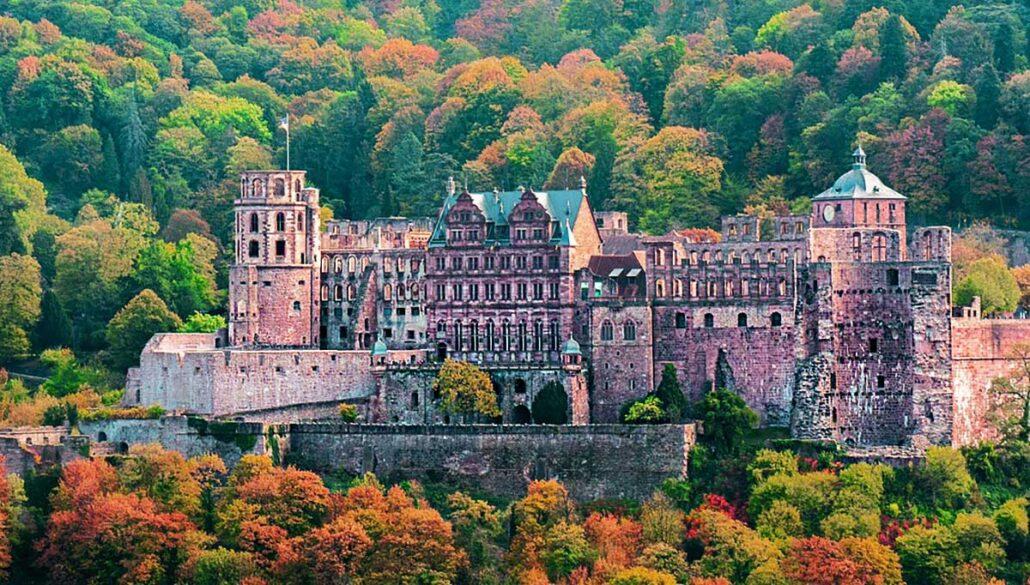
Heidelberg Castle is a stunning hilltop castle overlooking the town of Heidelberg.
The castle has played a significant role in German history, serving as a royal residence and a symbol of the power and grandeur of the Electors of the Palatinate.
Although the castle has been partially destroyed over time, especially during the Thirty Years’ War and subsequent lightning strikes, its beauty and historic charm still draw many visitors each year.
- Historical Significance: Heidelberg Castle was once the home of the Electors of the Palatinate and has witnessed centuries of German history. It was partly destroyed during the wars but remains a symbol of Heidelberg’s past.
- Visiting Hours:Open daily from 8:00 AM to 6:00 PM, with shorter hours in winter.
- Nearby Attractions:The Old Bridge, Heidelberg University, and the Philosopher’s Walk.
- Hidden Gems: Visit the castle’s cellar, which houses the world’s largest wine barrel, and explore the peaceful castle gardens.
- Best Time to Visit: Spring and fall are ideal for mild weather and fewer tourists, but summer offers the chance to experience outdoor events and festivals.
8. Zugspitze (Bavaria)

Zugspitze is the highest mountain in Germany, located in the Bavarian Alps. Visitors can take a cable car or cogwheel train to the top for breathtaking views of the surrounding peaks and valleys.
It’s a popular spot for skiing, hiking, and sightseeing all year round. The panoramas make it a must-see for nature lovers and adventure seekers.
- Historical Significance:Zugspitze has been a popular destination for mountaineers and tourists since the late 19th century.
- Visiting Hours: Open year-round, with seasonal variations in activities like skiing in winter and hiking in summer.
- Nearby Attractions: The Partnach Gorge, Garmisch-Partenkirchen, and the Eibsee Lake.
- Hidden Gems: The ice cave at the top of the mountain and the scenic hiking trails offer a more peaceful experience away from the crowds.
- Best Time to Visit: Winter for skiing or summer for hiking and stunning views of the Alps.
9. Miniatur Wunderland (Hamburg)

Miniatur Wunderland in Hamburg is the world’s largest model railway exhibition. It showcases incredibly detailed miniature landscapes, complete with cities, trains, and even tiny airports.
For technology enthusiasts, Miniatur Wunderland also offers a behind-the-scenes look at the sophisticated control systems that keep the miniature world running smoothly.
It’s a fun and interactive place for visitors of all ages. The exhibits change with the time of day, featuring working lights, moving vehicles, and even tiny people going about their routines.
- Historical Significance: Miniatur Wunderland began as a small hobby project in 2001 and has since become one of the top tourist attractions in Hamburg. What started as a small project grew into an internationally recognized attraction that showcases the craftsmanship behind miniature landscapes.
- Visiting Hours: Open daily, with extended hours during holidays and peak tourist seasons.
- Nearby Attractions: The Speicherstadt, Elbphilharmonie, and the Hamburg Harbor.
- Hidden Gems:Look closely for hidden surprises in the miniature landscapes, like tiny moving figures and vehicles.
- Best Time to Visit: Weekdays or early morning on weekends to avoid the biggest crowds.
10. Rügen Island (Baltic Sea)
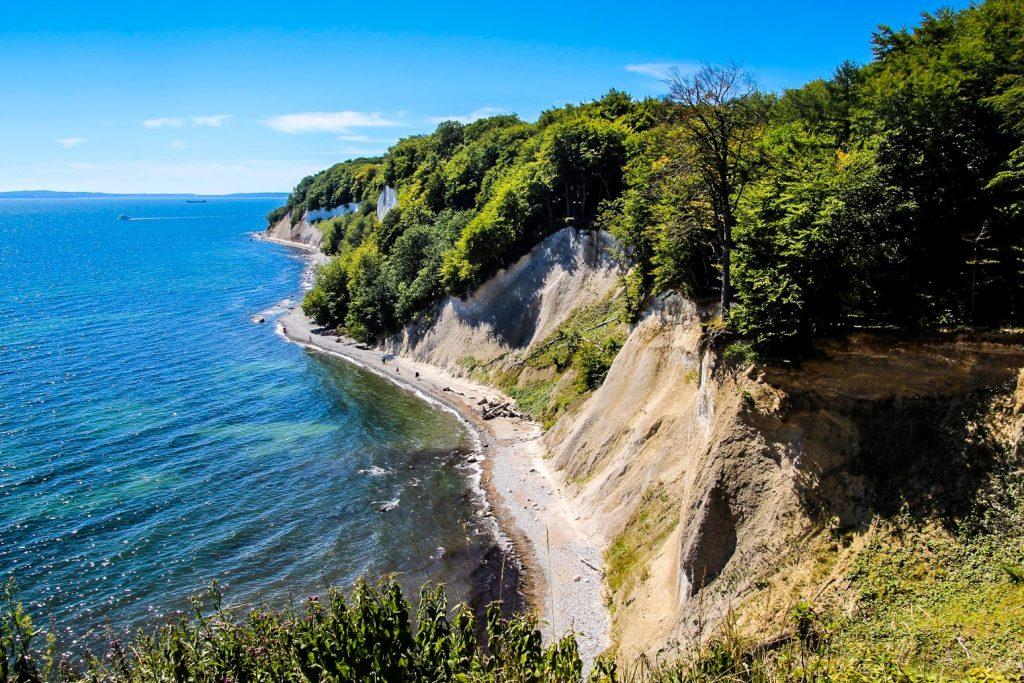
Rügen Island, located in the Baltic Sea, is Germany’s largest island, famous for its natural beauty and peaceful atmosphere.
The island offers diverse landscapes, including sandy beaches, cliffs, and lush forests, making it a perfect destination for outdoor activities.
One of Rügen’s most iconic natural landmarks is the famous Königsstuhl (King’s Chair) cliff, part of the Jasmund cliffs. This cliff offers panoramic views of the Baltic Sea and the surrounding landscape.
- Historical Significance: Rügen has been a popular vacation destination for centuries and was known as a retreat for German royalty in the 19th century.
- Visiting Hours:Open year-round, with summer being the most popular time for beach activities.
- Nearby Attractions: The Jasmund National Park, the Königsstuhl cliffs, and the Seebrücke Sellin pier.
- Hidden Gems: Visit the Prora complex, a historical building from the Nazi era, now a museum and hotel.
- Best Time to Visit: Summer for the best weather and beach activities, but spring and fall offer fewer tourists and beautiful weather.
11. Reichstag Building (Berlin)
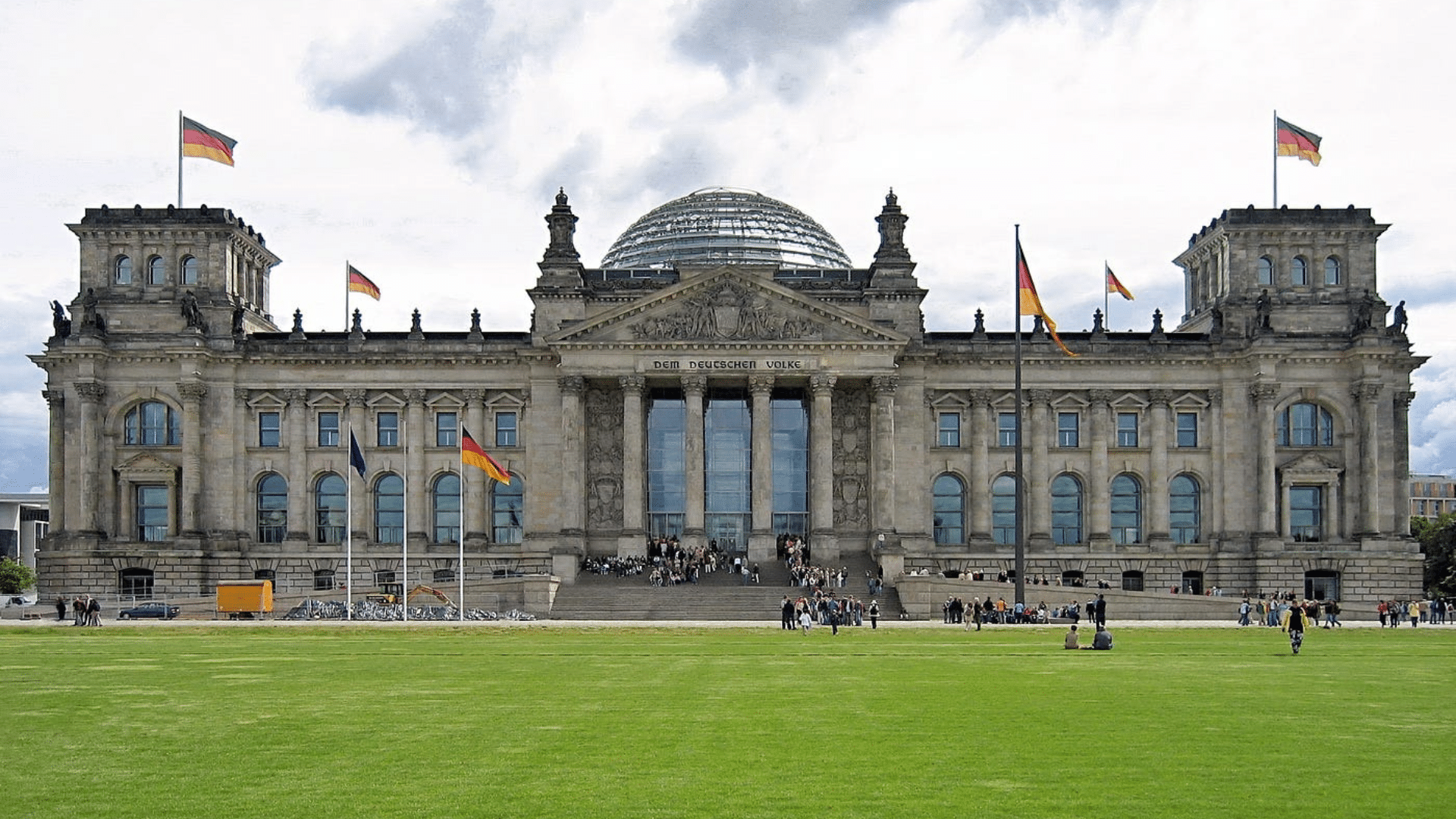
The Reichstag Building in Berlin is an iconic structure with deep political and historical significance.
Serving as the seat of the German parliament, it has witnessed many key moments in German history, including the 1933 fire and the reunification of Germany in 1990.
Today, it’s a popular tourist destination. Its striking glass dome, designed by architect Norman Foster, offers visitors panoramic views of Berlin’s skyline.
- Historical Significance:The Reichstag has witnessed many important moments in German history, including the fire in 1933 and the reunification of Germany in 1990.
- Visiting Hours:Open Monday to Sunday, but advance registration is required to visit the glass dome.
- Nearby Attractions: Brandenburg Gate, the Berlin Wall Memorial, and the Holocaust Memorial.
- Hidden Gems: The rooftop terrace offers a great view of Berlin, and the interior’s historic elements are fascinating to explore.
- The Best Time to Visit:Go early morning or late afternoon to avoid the crowds. Summer offers longer daylight hours and better views.
12. The Alhambra (Alcázar) in Berlin
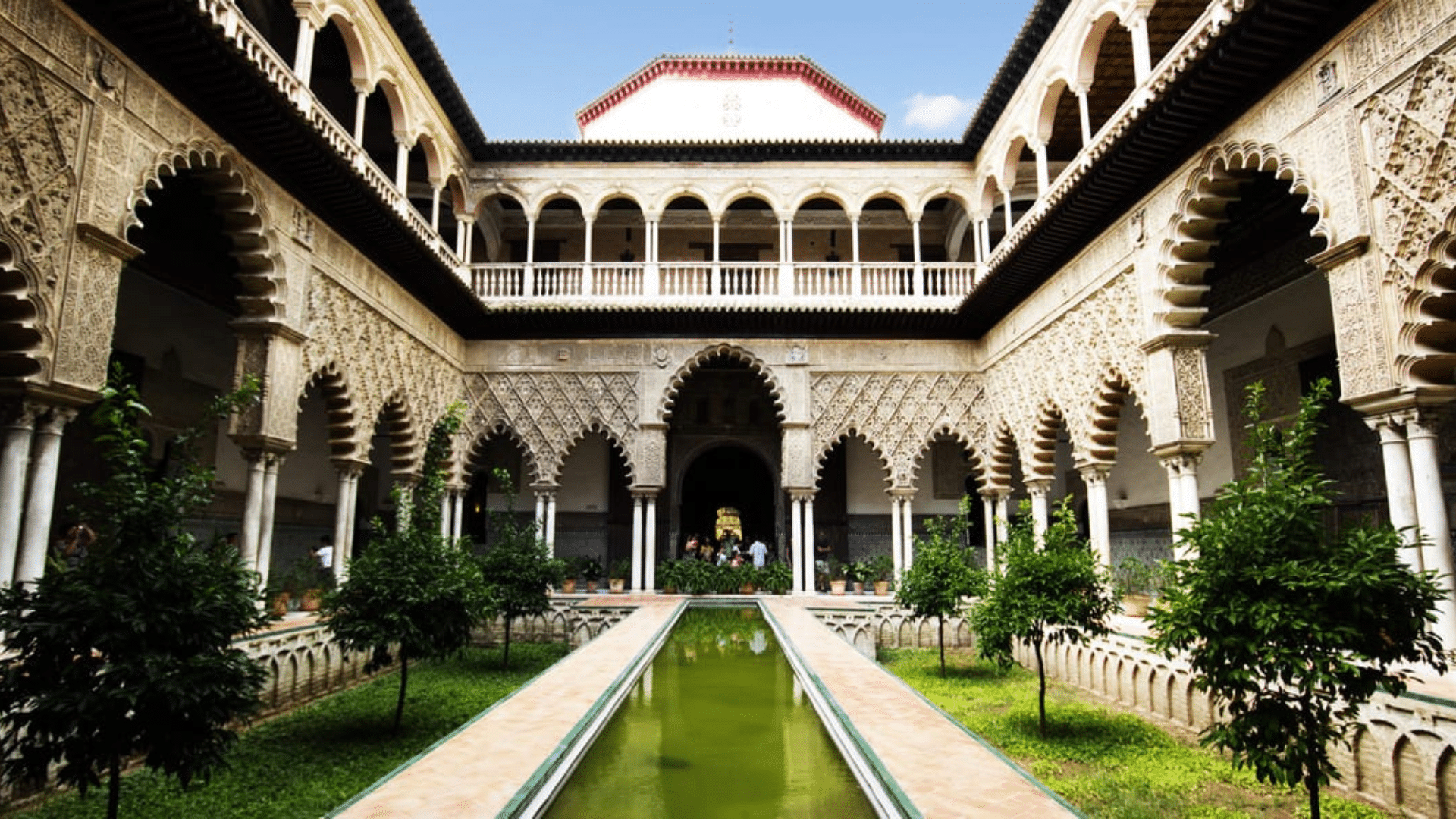
The Alhambra (Alcázar) in Berlin is a stunning historical site that showcases Moorish architecture and design.
While it’s not the original Alhambra from Spain, it offers a unique opportunity to experience a blend of German and Moorish styles.
Inside, you’ll find peaceful courtyards, detailed mosaics, and stunning water features that reflect the elegance of the original Alhambra.
The structure is a perfect spot for those interested in history, architecture, and cultural fusion.
- Historical Significance: The Alhambra in Berlin reflects the influence of Islamic architecture, similar to the famous Alhambra in Granada, Spain. It was built to evoke the grandeur and intricate beauty of Moorish design.
- Visiting Hours: Typically open daily, but check for seasonal hours.
- Nearby Attractions: Brandenburg Gate, the Berlin Cathedral, and the Pergamon Museum.
- Hidden Gems:Explore the serene inner courtyards, often less crowded, offering a peaceful escape.
- Best Time to Visit: Spring and fall for mild weather and fewer tourists.
13. Gendarmenmarkt (Berlin)

Gendarmenmarkt is one of the most beautiful squares in Berlin, known for its architecture and cultural significance.
Surrounded by the French and German Cathedrals and the Concert Hall, this area is perfect for a stroll, enjoying the surroundings, and catching a live performance.
Gendarmenmarkt also has a variety of cafes and shops, making it a great place to relax and soak in Berlin’s vibrant atmosphere.
- Historical Significance: Gendarmenmarkt dates back to the 17th century and was originally a military parade ground. It is now home to some of Berlin’s most iconic buildings, representing the city’s rich history and cultural heritage.
- Visiting Hours:Open year-round, but the Concert Hall often has specific performance schedules.
- Nearby Attractions: The Berlin Cathedral, the Brandenburg Gate, and the Museum Island.
- Hidden Gems:Visit the nearby small shops and cafes for a more local experience away from the crowds.
- Best Time to Visit: Year-round, but evenings in the summer are especially charming with outdoor concerts and events, Christmas for the famous christmas market.
14. Nymphenburg Palace (Munich)
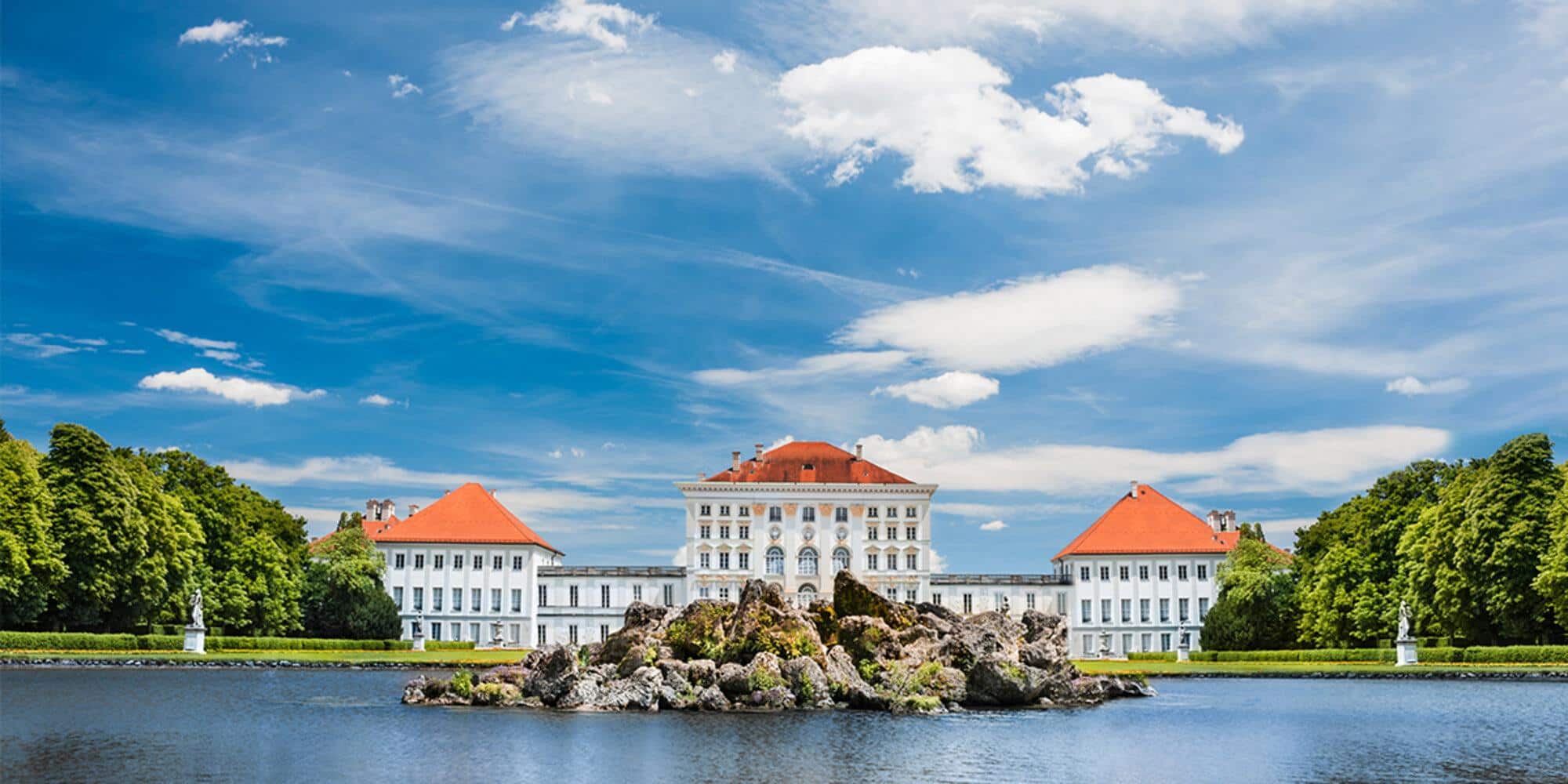
Nymphenburg Palace in Munich is a magnificent Baroque palace surrounded by beautiful gardens. Built in the 17th century, it was the summer residence of the Bavarian rulers.
The palace is known for its grand architecture, impressive interiors, and extensive parkland, making it a must-see for history and architecture enthusiasts.
Nymphenburg is also home to the Marstallmuseum, where visitors can admire the royal carriages and sleighs.
- Historical Significance:Nymphenburg Palace was the summer residence of Bavarian kings and played an important role in the region’s history. It showcases the power and wealth of the Bavarian monarchy.
- Visiting Hours: The palace, museums, and gardens are open daily from 9:00 AM to 6:00 PM, with different opening hours for each.
- Nearby Attractions: The BMW Museum, Olympic Park, and the Schlosspark.
- Hidden Gems: Wander through the lesser-known parts of the gardens and the small but beautiful park pavilions.
- Best Time to Visit: Spring and summer for the best garden views, but winter offers a quieter experience with fewer tourists.
15. The Baltic Sea Coast
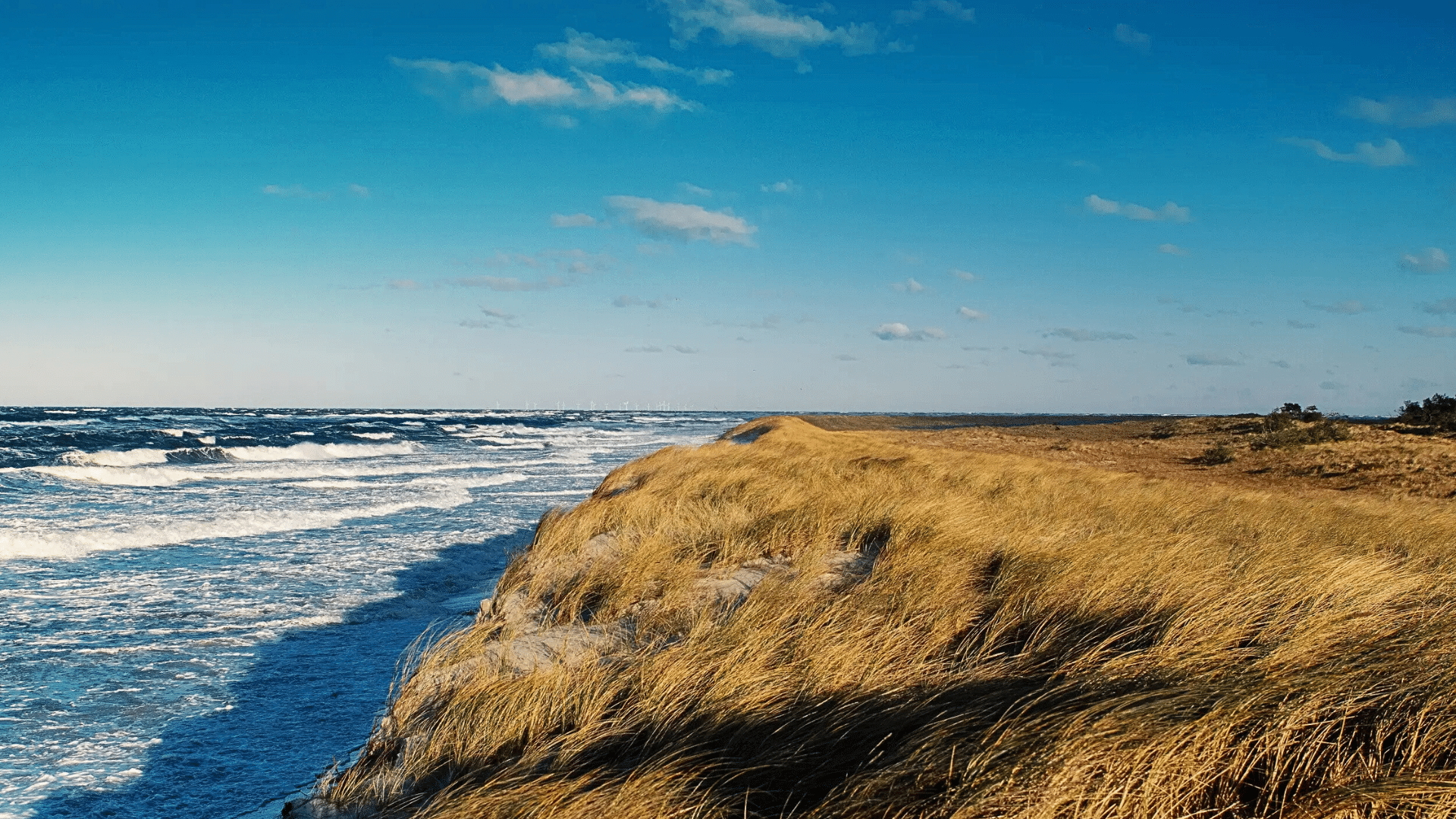
The Baltic Sea Coast in Germany offers a blend of sandy beaches, charming seaside towns, and beautiful nature.
Stretching along the northeastern coast, this area is perfect for relaxing by the sea, exploring villages, and enjoying outdoor activities like hiking and cycling.
It’s a popular vacation destination known for its calm waters and historical sites. Visitors can enjoy local seafood delicacies, stroll along scenic promenades, or take a boat ride to discover hidden beaches and islands.
- Historical Significance: The Baltic Sea Coast has played a crucial role in the history of Germany and Europe. For centuries, it served as an important trade route, connecting various regions of Europe to Scandinavia, the Baltic States, and Russia.
- Visiting Hours: Open year-round.
- Nearby Attractions: Lübeck, a historic city renowned for its well-preserved medieval architecture and rich Hanseatic history, is nearby. Just a short distance away is Rostock, another historic city with a deep maritime heritage.
- Hidden Gems: Off-the-beaten-path landmark – The island of Hiddensee, a quiet getaway.
- Best Time to Visit: Summer for beach activities.
16. The Palatinate Forest (Pfalz)
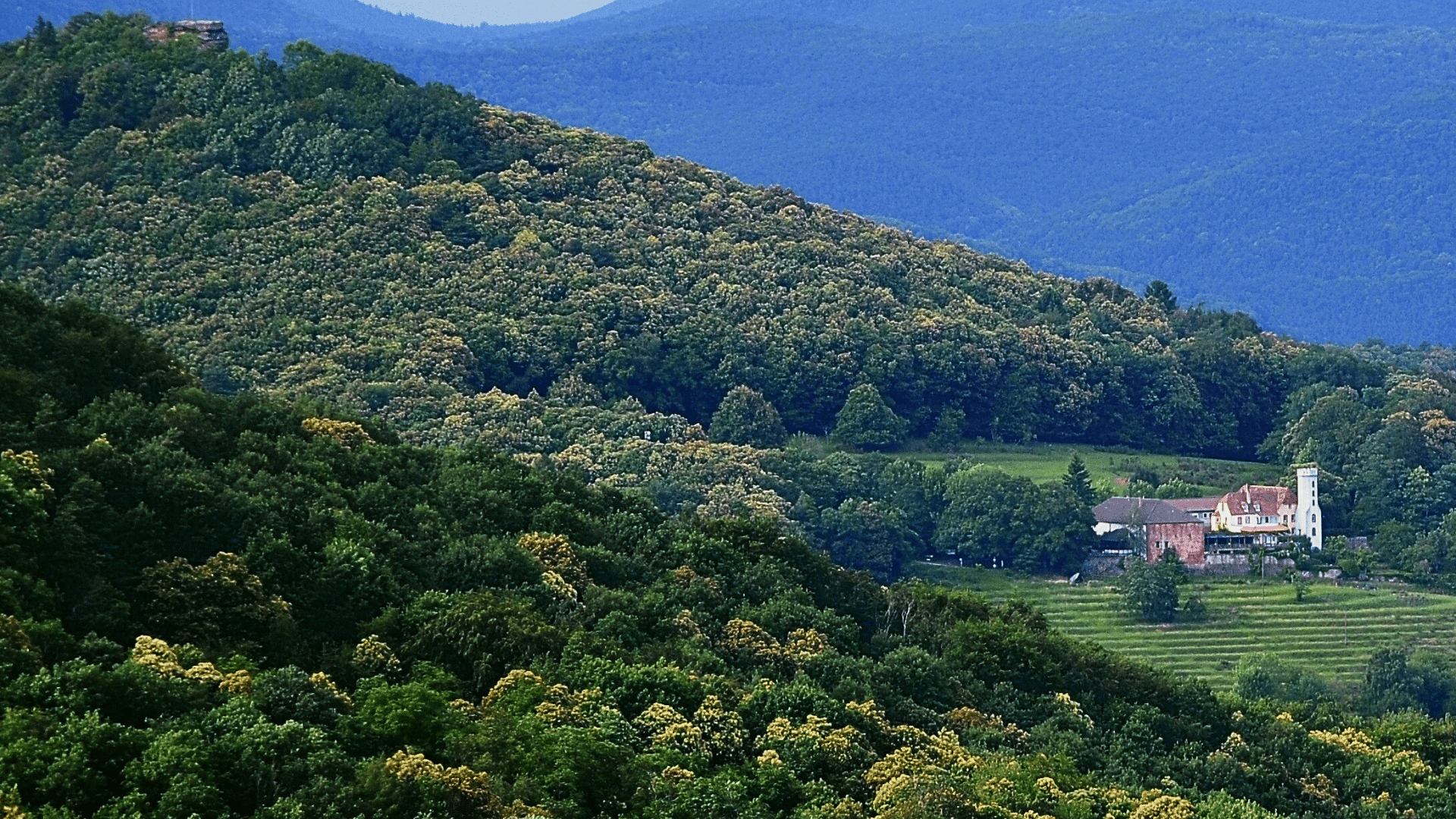
The Palatinate Forest, located in the Pfalz region, is one of Germany’s largest forested areas. Known for its dense woods, hiking trails, and scenic landscapes, it’s a paradise for outdoor enthusiasts.
The forest is a part of the larger Palatinate Biosphere Reserve, offering a peaceful escape into nature. Visitors can explore villages and historical castles scattered throughout the forest.
- Historical Significance: Known for its rich history, the Palatinate Forest has been a key area for settlement since Roman times and is famous for its wine culture. The forest’s location along key trade routes made it an important area for early inhabitants.
- Visiting Hours: Open year-round for hiking and outdoor activities.
- Nearby Attractions:Trifels Castle, the German Wine Route, and the city of Kaiserslautern.
- Hidden Gems:Explore the secluded villages and hidden castles, offering a more tranquil experience.
- Best Time to Visit:Spring and summer are great for hiking and outdoor activities, but fall is especially beautiful with its colorful leaves.
17. The Frauenkirche (Dresden)
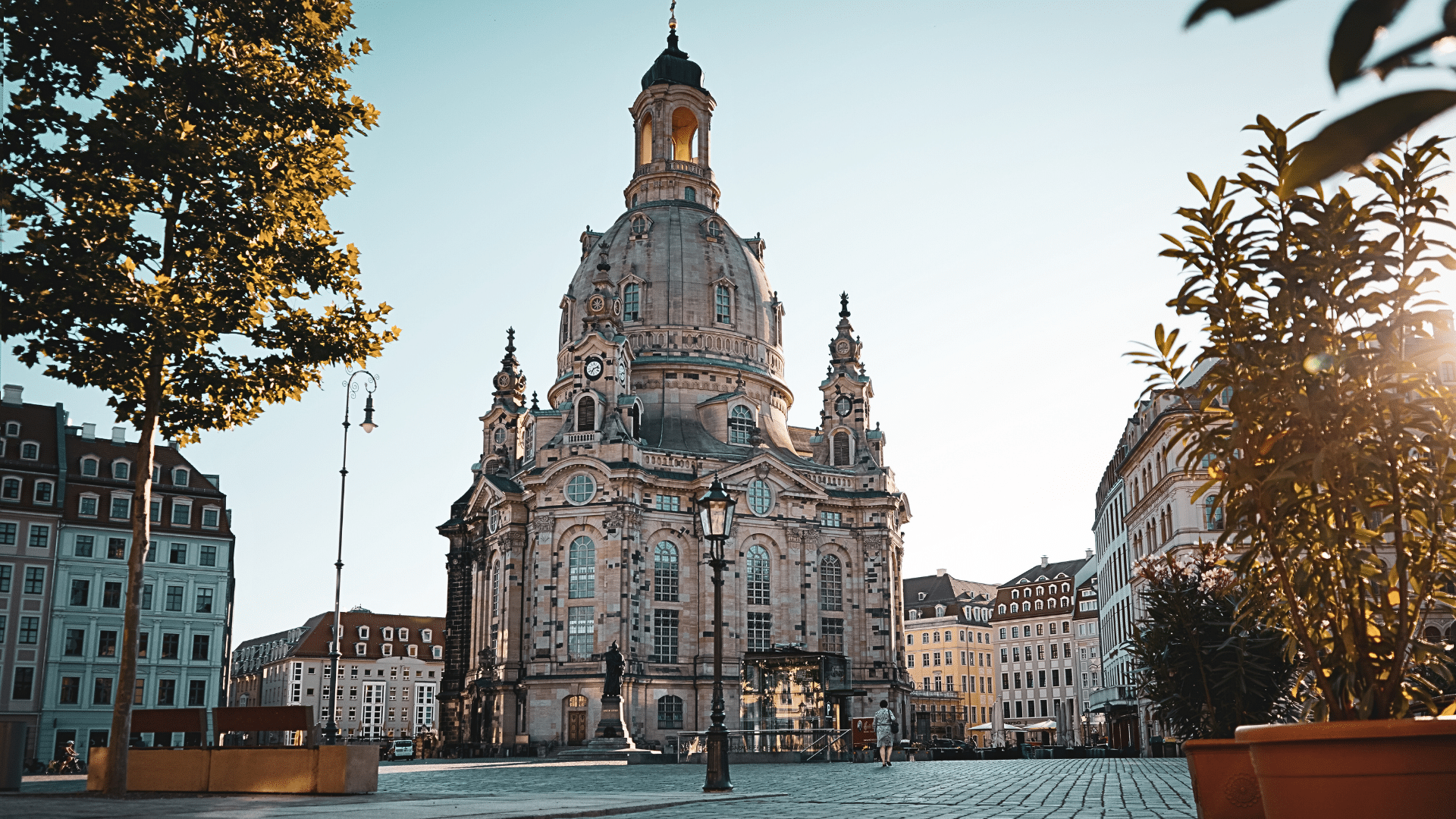
The Frauenkirche in Dresden is a stunning Baroque church known for its impressive dome and beautiful architecture.
The church’s dome, once destroyed, was carefully reconstructed, and the building’s restoration became a powerful symbol of Germany’s unity after decades of division.
Inside, visitors can admire intricate frescoes, stunning altars, and beautiful Baroque details, while the church’s acoustics are renowned for hosting exceptional classical music performances.
- Historical Significance: The Frauenkirche, completed in the 18th century, became a symbol of Dresden’s cultural and architectural heritage. After its destruction in World War II, it was rebuilt as a symbol of hope and renewal.
- Visiting Hours:Open daily from 10:00 AM to 6:00 PM, with church services and concerts held regularly.
- Nearby Attractions: Dresden Castle, the Zwinger Palace, and the Semper Opera House.
- Hidden Gems: Visit the crypt beneath the church, which visitors often overlook.
- Best Time to Visit: Spring and summer for good weather and outdoor events, but fall and winter offer a quieter experience and festive markets.
18. The Moselle Valley (Rhineland-Palatinate)

The Moselle Valley in Rhineland-Palatinate is a picturesque region known for its beautiful vineyards, charming towns, and winding river.
This area offers views of steep hillsides covered in grapevines, medieval castles, and villages. It’s an ideal destination for wine lovers, nature enthusiasts, and those interested in exploring Germany’s cultural heritage.
- Historical Significance: The Moselle Valley has a long history dating back to Roman times. Its vineyards have been cultivated for centuries, producing some of the finest wines in Germany, particularly Riesling.
- Visiting Hours:Open year-round, with wine festivals and special events during the warmer months.
- Nearby Attractions: The town of Cochem, the Reichsburg Castle, and the town of Bernkastel-Kues.
- Hidden Gems:Explore the smaller villages and hidden viewpoints along the river for a quieter experience and beautiful views.
- Best Time to Visit: Summer and fall, when the vineyards are in full bloom and wine festivals take place.
19. The Bastei Bridge (Saxon Switzerland)

The Bastei Bridge is a natural rock formation located in the Saxon Switzerland National Park, one of Germany’s most beautiful and unique landscapes.
Spanning a series of towering sandstone peaks, the bridge offers panoramic views of the Elbe River, the surrounding forested valleys, and the majestic Elbe Sandstone Mountains.
This formation has become a symbol of the park, attracting visitors from all over the world.
- Historical Significance:The Bastei Bridge was built to connect several sandstone peaks. It has become a symbol of the Saxon Switzerland region and is one of the most photographed landmarks in Germany. Over the years, the area has inspired many artists and poets, including the famous German Romantic writer Heinrich von Gagern.
- Visiting Hours: Open year-round, with the best conditions for hiking and exploration from spring to fall.
- Nearby Attractions:The town of Bad Schandau, the Königstein Fortress, and the Elbe Sandstone Mountains.
- Hidden Gems: Explore the nearby rock formations and hiking trails that offer more peaceful spots away from the main bridge.
- Best Time to Visit: Spring and fall for mild weather and fewer tourists, but summer provides the best weather for outdoor activities.
20. The Old Town of Bamberg (Bavaria)

The Old Town of Bamberg in Bavaria is a UNESCO World Heritage site known for its well-preserved medieval architecture and charming atmosphere.
Situated along the Regnitz River, this town features narrow streets, old buildings, and beautiful churches.
The town’s layout has remained largely unchanged for centuries, with many buildings dating back to the Middle Ages, making it a true gem for history enthusiasts and architectural admirers.
- Historical Significance: Bamberg’s Old Town has remained largely unchanged since the medieval period. It showcases a blend of Romanesque, Gothic, and Baroque architecture. It reflects the region’s long history as a center of politics, culture, and religion.
- Visiting Hours: Open year-round, with most attractions accessible during regular daylight hours.
- Nearby Attractions: Bamberg Cathedral, Altenburg Castle, and the Little Venice district.
- Hidden Gems: Wander the small, hidden alleys and find courtyards and quiet cafés along the river. Visitors can experience local festivals, such as the Bamberg Carnival, or enjoy the town’s many museums, galleries, and theaters.
- Best Time to Visit:Spring and summer for pleasant weather and outdoor events, though fall offers a quieter experience with beautiful autumn colors.
Conclusion
Germany’s famous landmarks are full of history and beauty. Each one tells a unique story and gives you a peek into the country’s history.
You’ll find useful details on what to see, nearby attractions, and even some hidden gems that many visitors miss.
These landmarks give you a true sense of Germany inside out.
Be sure to check out these spots on your next trip, and don’t forget to look for the hidden gems along the way!

